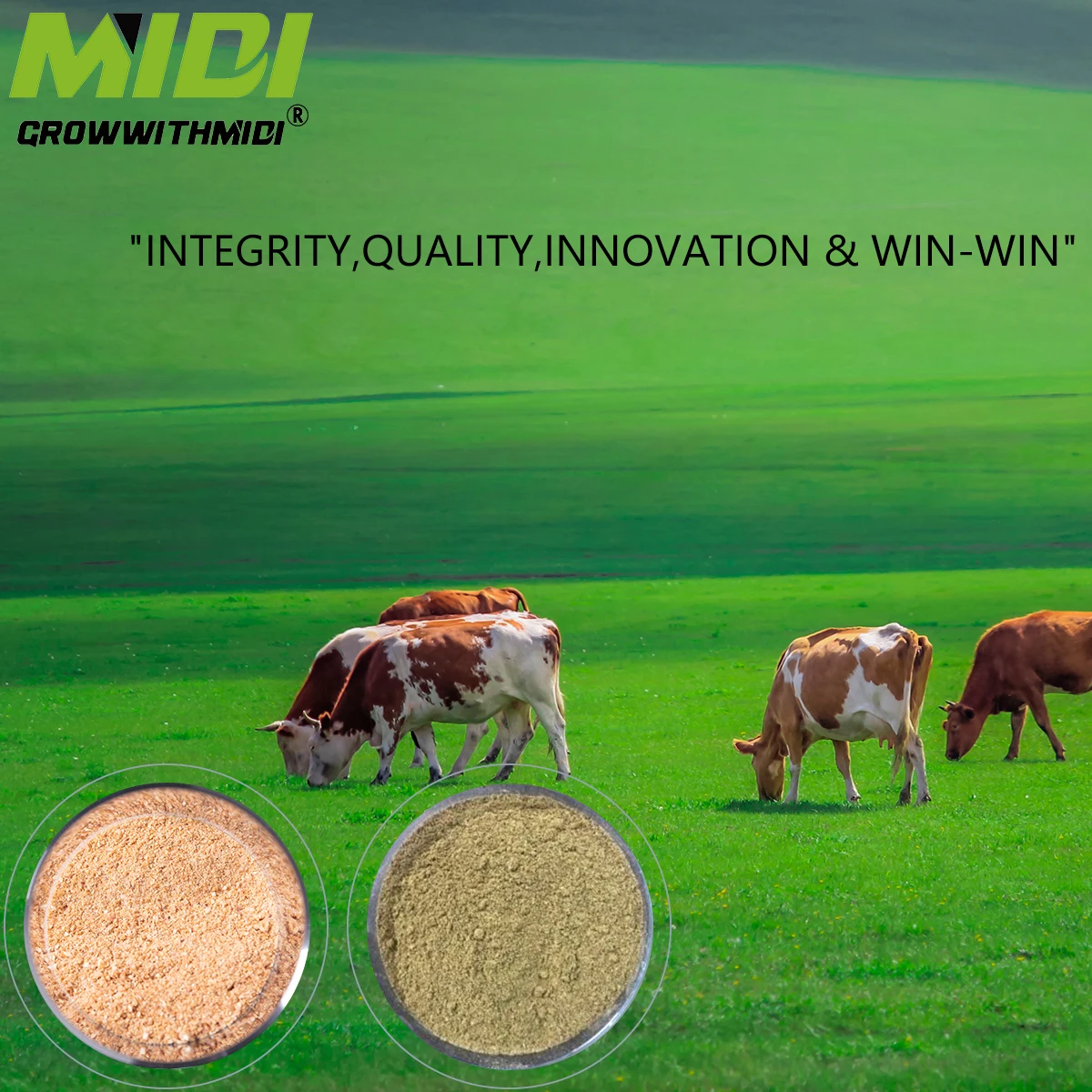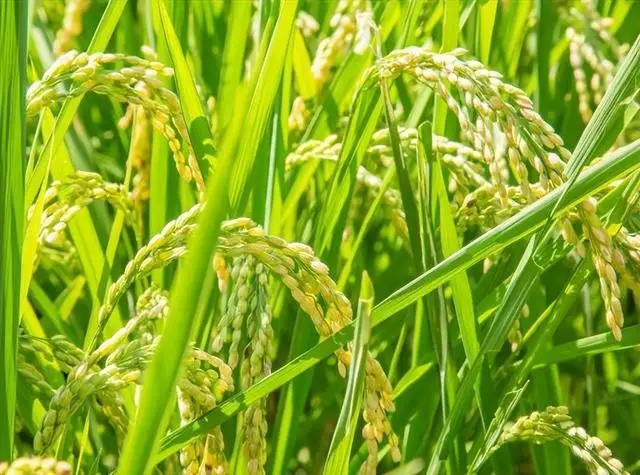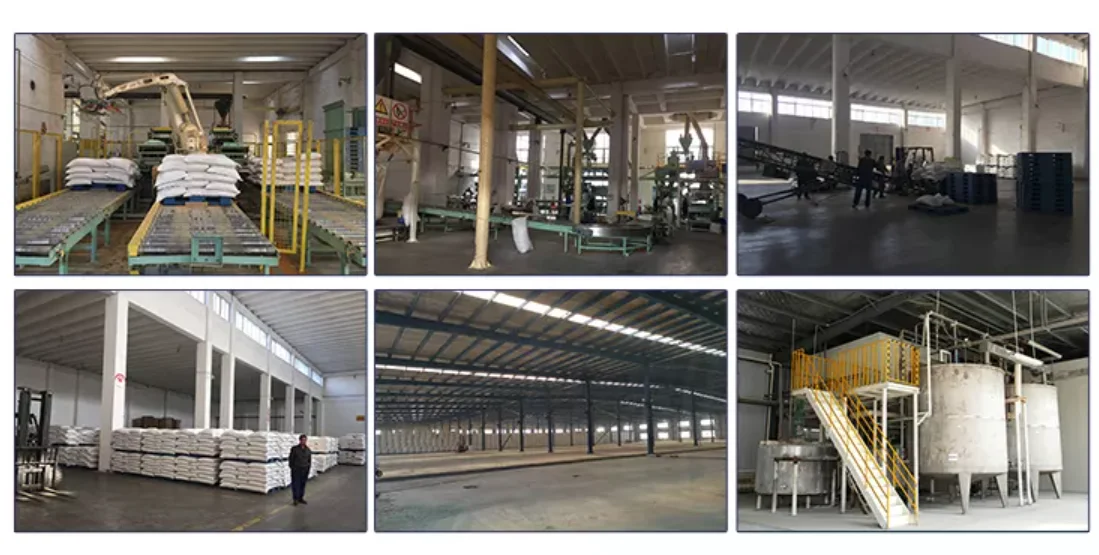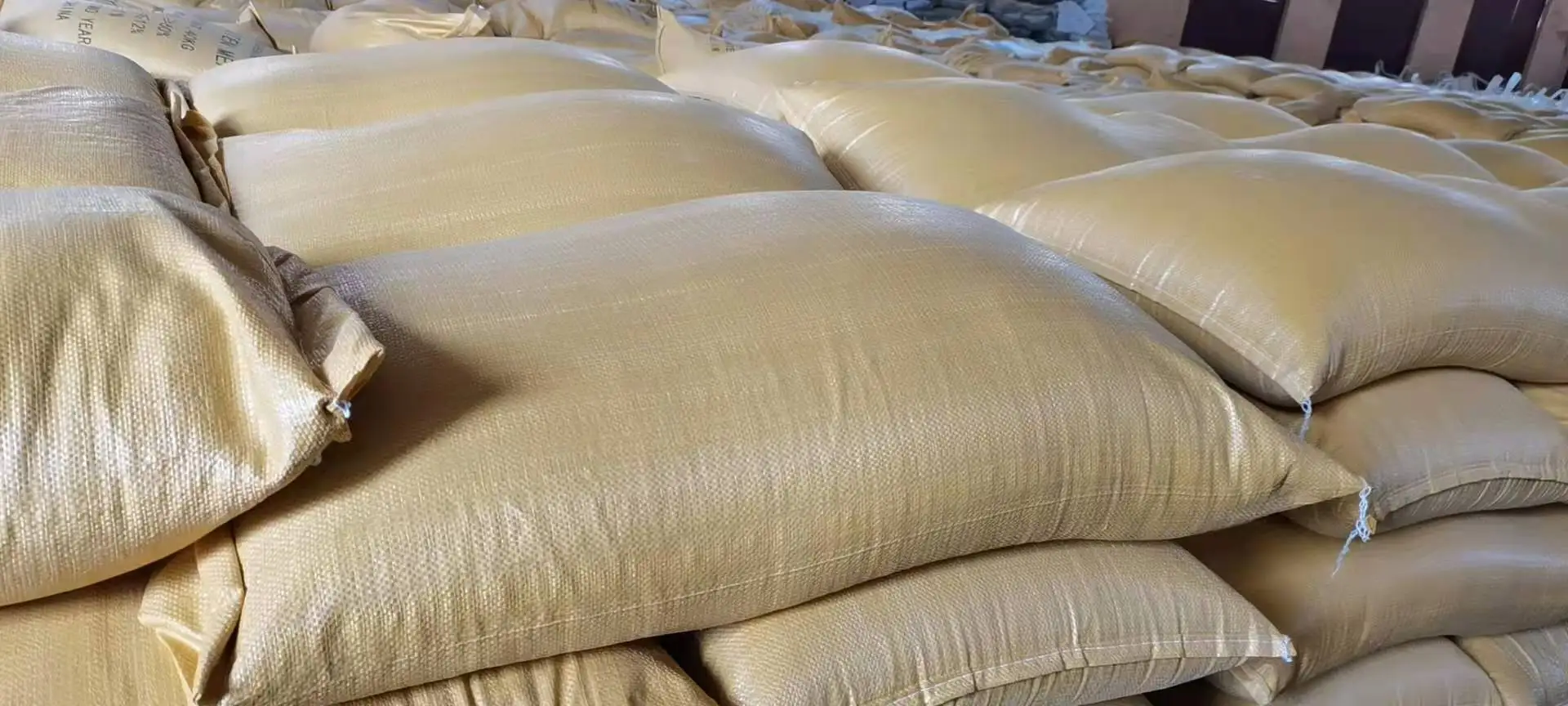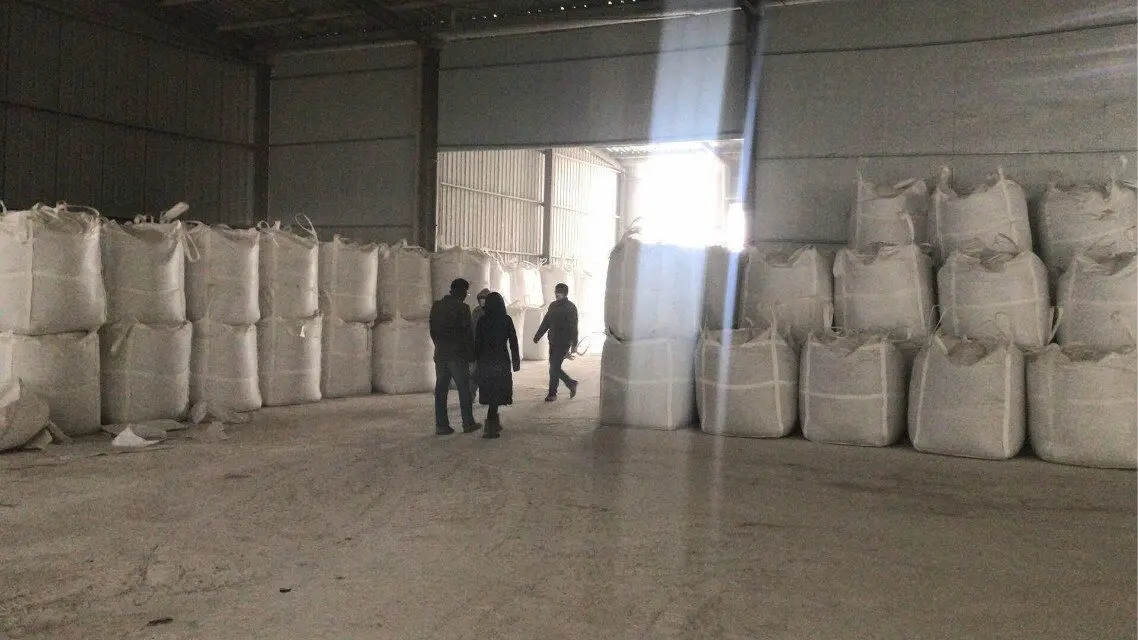המחקר מראה כי תוספי מזון יכולים לשפר את קצב העלייה במשקל של כבש בשר, בקר, בקר, ו-muminants בשר אחרים, להגדיל את אחוז הבשר נטו של הפגר ולשפר את איכות הבשר. עבור ruminants חלב, תוספי מזון יכול להגדיל את תפוקת החלב, להאריך את השיא ייצור החלב, להגדיל את אחוז השומן החלב, להפחית את מספר התאים סומטיים בחלב, ולשפר את הרכב החלב. כמו כן, יש לו השפעה מסוימת על מניעה וטיפול במחלות הרביה. עבור עגלים עם התפתחות מערכת העיכול, השימוש בתוספים יכול לקדם את הקמת פלורה במערכת העיכול, לווסת את האיזון של הצומח, ולהפחית את המופע של דיסנטריה.
שימוש במוצר:
1.ניתן להשתמש במקורות חנקן כיתה יכול לשמש כתוספי מזון לבאים ruminant בקר וכבשים, ותכולת חלבון 90% משמש בדרך כלל כתחליפים עבור חומרי גלם של בעלי חיים וצמחים כגון ארוחה סויה, ארוחת דגים, ארוחה נוצה, וכו. אבקת חלבון כיתה הזנה הוסיף מקורות חנקן יותר לתוספת מזון מרוכז כדי לשפר את החלבון הגולמי של המוצר עצמו. הוא מומר לחלבון מיקרוביאלי בבקר וכבשים לצורך ספיגה וניצול. אבקת החלבון במצב אבקה יש ישימות חזקה וניתן להתאים באופן סביר עם צורות שונות של הזנה.
2.המחקר והיישום הנוכחי מראים כי תוסף ההזנה השיג אפקט יישום טוב של רבייה פיגמנטים, זורעים וחזירים משמין. הוספת תוספי מזון לדיאטה פיגנט יכול לקדם התפתחות מעיים, לשפר את בריאות המעי, להפחית את שיעור השלשול, להגביר את קצב הצמיחה ואת שיעור ההמרה של פיגמנט. עבור פיגמנטים מניקות, הוספת תוספי מזון יכול לעזור לבסס את הצמחייה הדומיננטית של פרו-ביוטיקה. עבור פיגמנטים נגמלים, זה יכול לשפר את ההשפעות השליליות של שלשול, פיגור גדילה הנגרמת על ידי הפרשת אנזימים במערכת העיכול ואת הנוגדן של דיאטה. מחקרים הראו כי השימוש בתוספי הזנה בדיאטות זרע יכול לשפר את בריאות המעי, לשפר את חוזק הזורע ואת ביצועי הרבייה. תוספת של תוספי מזון יכול לשפר את היכולת לווסת את האיזון של חיידקים במערכת העיכול, להגדיל את צריכת האכלה של זורעות במהלך הנקה, לעכב ירידה במשקל, להגדיל את תכולת השומן והחלבונים של החלב, ולשפר את שיעור ההישרדות ואת המשקל של החזירים. הוספת תוספי מזון לתזונה של חזירים משמין יכול להגביר את צריכת המזון, לשפר את מצב הבריאות, לקצר את תקופת השמה, לשפר את איכות ולהפחית את זיהום הסביבה. התוצאות הראו כי תוספת של תוספי מזון יכול להפחית את שיעור השלשול, להגביר את צריכת האכלה של חזירים משמין, ובכך לשפר את שיעור הניצול של הדיאטה ולהפחית את היחס של האכלה לבשר. בנוסף, תוספי מזון יכולים לקדם את הגידול של שומן תוך שריר וחומצה שומן, ויכול לשפר את איכות החזיר.
3.לתרנגולות יש מערכת עיכול קצרה יחסית ומחסמה רירית חלשה. בתנאי רבייה אינטנסיביים, בהשוואה לבעלי חיים עם מערכת העיכול ארוכה, הם פגיעים יותר למיקרואורגניזמים מזיקים, וכתוצאה מכך מחלות שונות. השימוש בתוספי מזון הוא אחד האמצעים היעילים למניעת מחלות מעיים ולשפר את ביצועי הייצור של broilers, הנחת תרנגולות. קצב הגידול של הרווילרים מהיר, והיצור האינטנסיבי מושפע מאוד מהסביבה. יישום תוספי מזון יכול לשפר את האיזון של פלורה מעיים, להפחית את השכיחות ואת התמותה של מחלות מעיים, להגדיל את משקל השדה, להפחית את היחס של האכלה לבשר, להפחית את הפליטות של גזים מזיקים כגון אמוניה ומימן גופרתי בבית העוף, ולשפר את איכות המוצר. יישום של תוספי מזון ברבייה של הנחת תרנגולות, בנוסף למניעת ובקרה של מחלות, שיפור ביצועי הייצור ואת יחידת גר של ביצים גבוהות, הפחתת תכולת הכולסטרול של ביצים, ושיפור העובי של קליפת הביצה והפחתת ההשפעה של ביצי פגז רכות.
יתרון:
1. אבקת חלבון אורז מתייחס לחלבון המופק מאורז, אשר נוצר על ידי עיבוד של אבקה, טיהור, ייבוש וכן הלאה.
2. אבקת חלבון אורז היא מוצר חשוב של עיבוד עמוק אורז. על פי תכולת החלבון שלה ומסיסות, ניתן לחלק אותו לאבקת חלבון אורז כיתה, אכיל אבקת חלבון אורז, פפטיד חלבון אורז.
3. חלבון אורז מורכב בעיקר מאלבומין, גלובולין, חלבון מסיס אלכוהול וגלוטן. חלבון אורז מוכר כחלבון אכיל באיכות גבוהה עם הרכב חומצת אמינו סבירה ותכולת חומצת אמינו גבוהה. בשל הערך התזונתי הגבוה והיפואלגרניות, אבקת חלבון אורז יש סיכוי רחב להתפתח למזון תינוקות ומזון גבוה.












